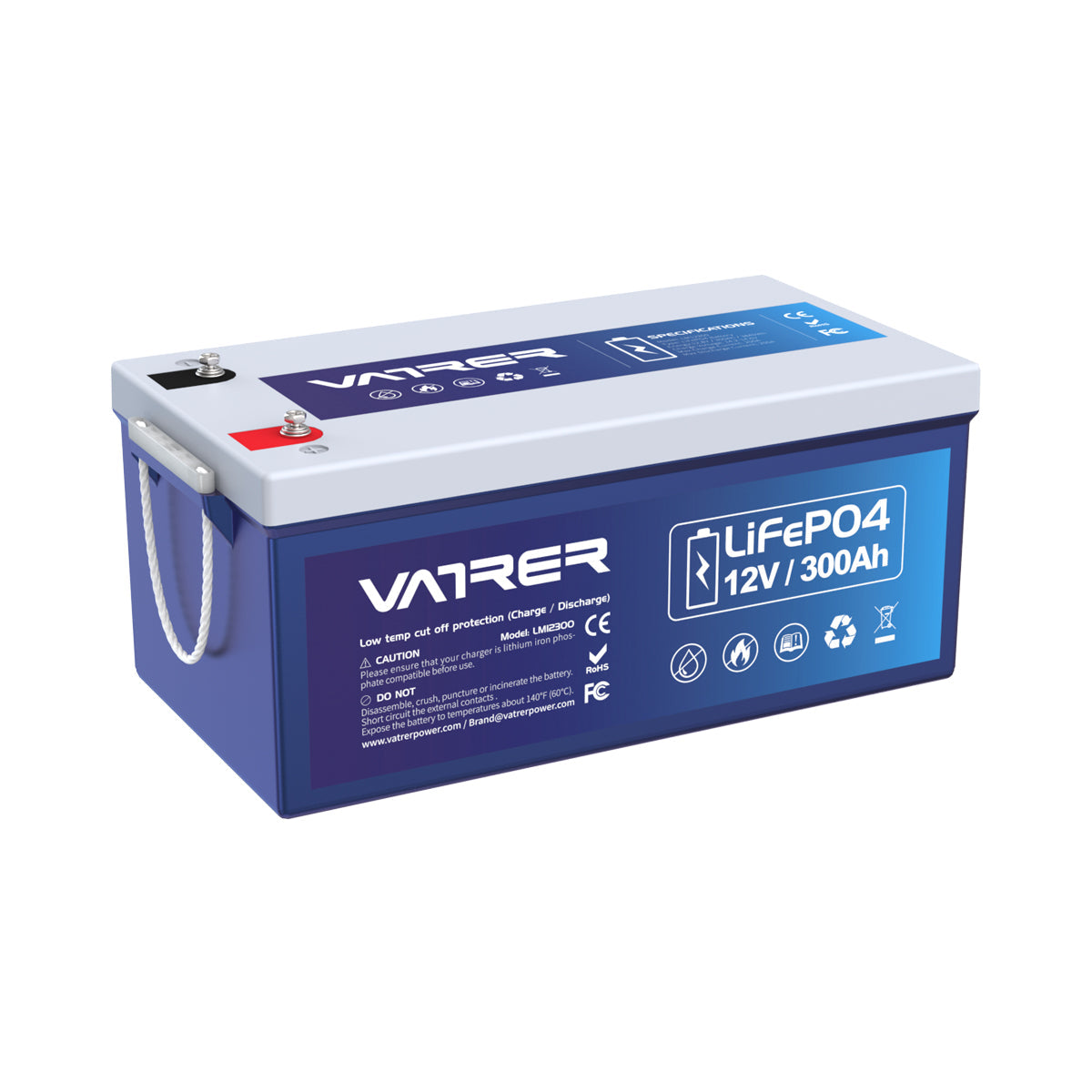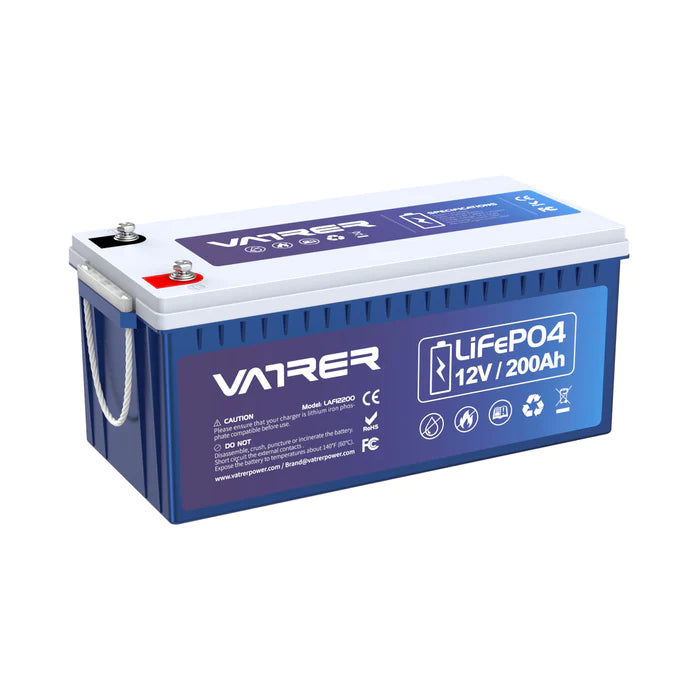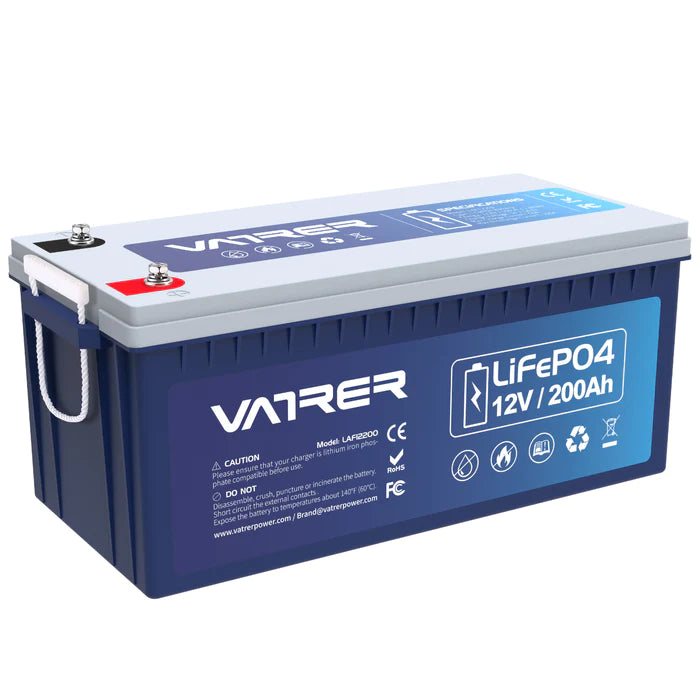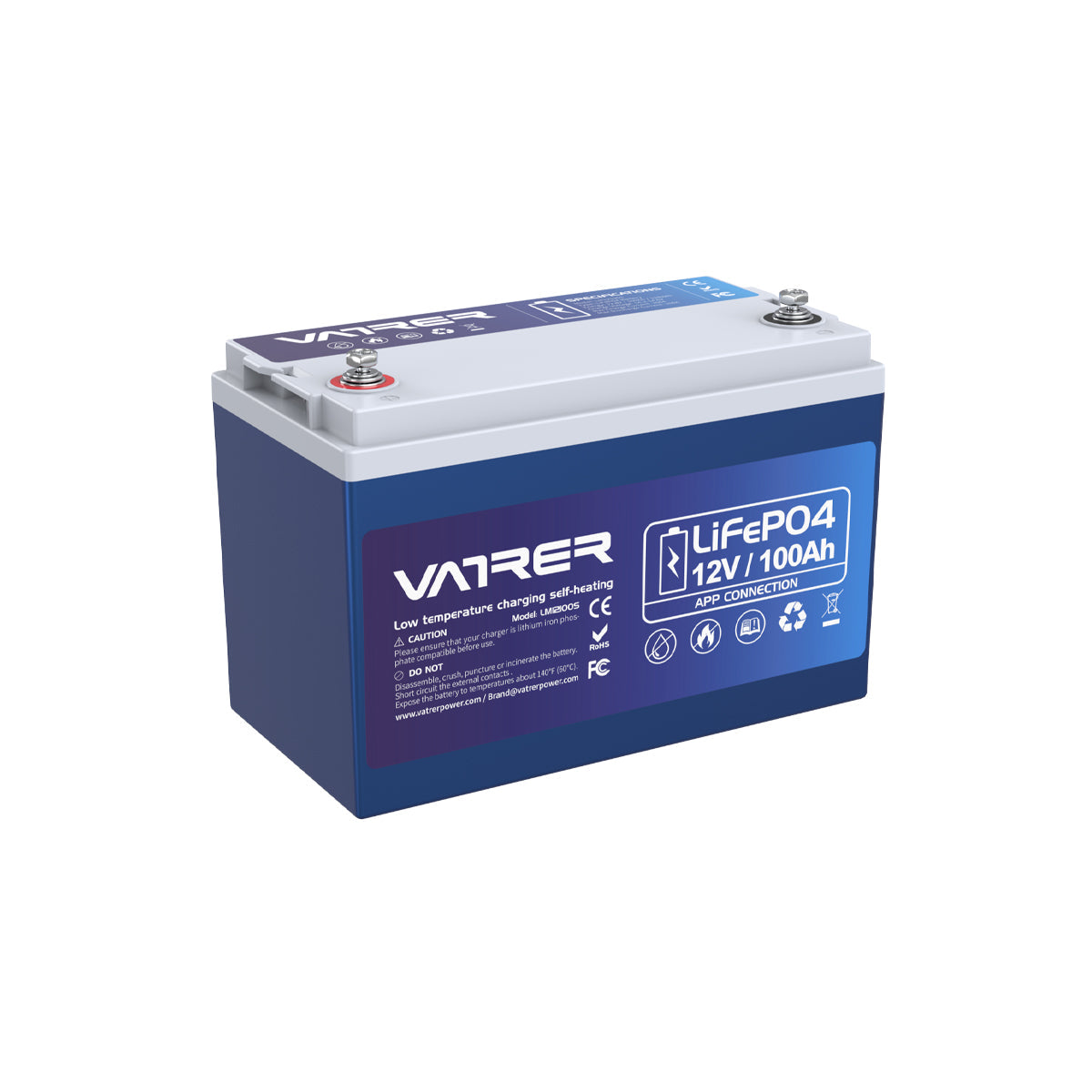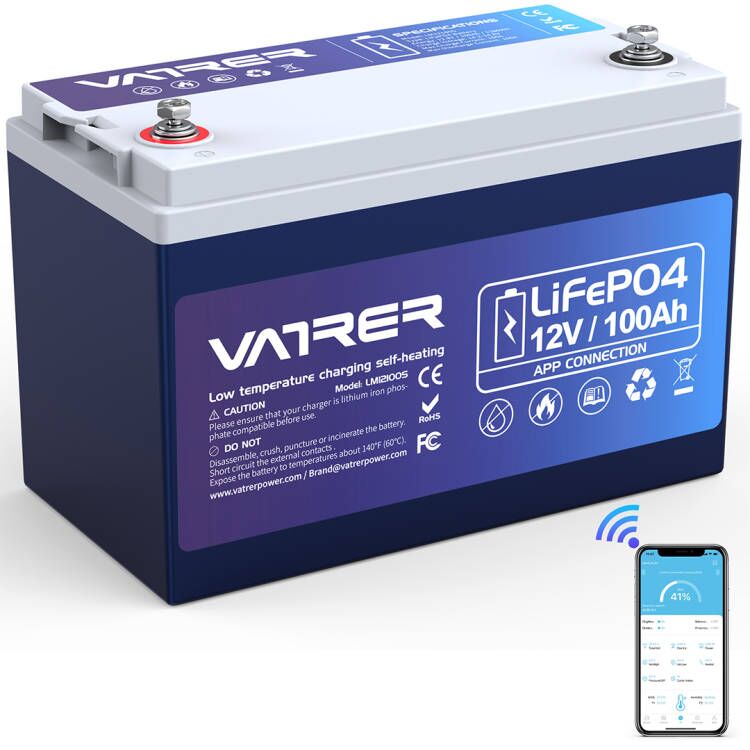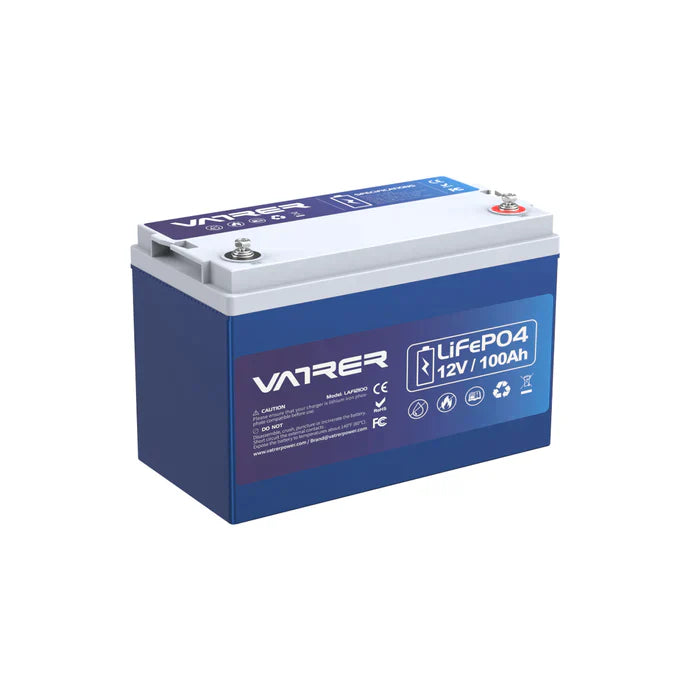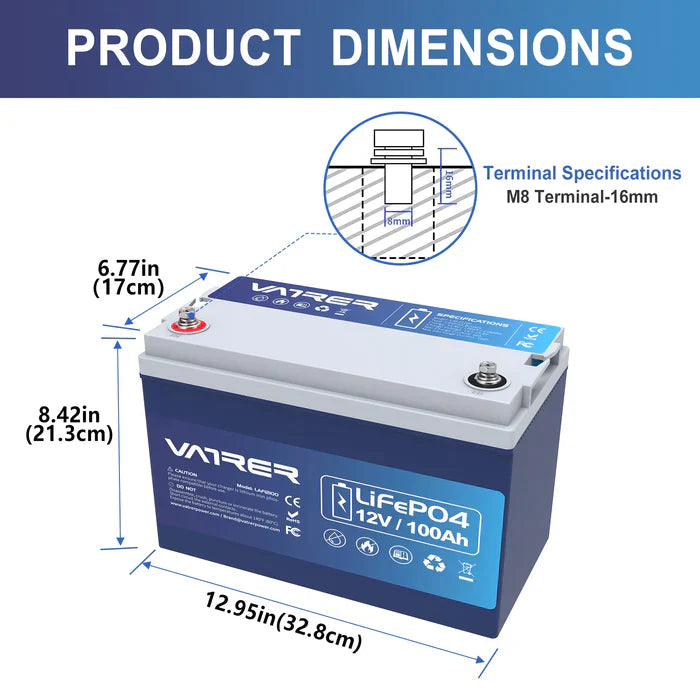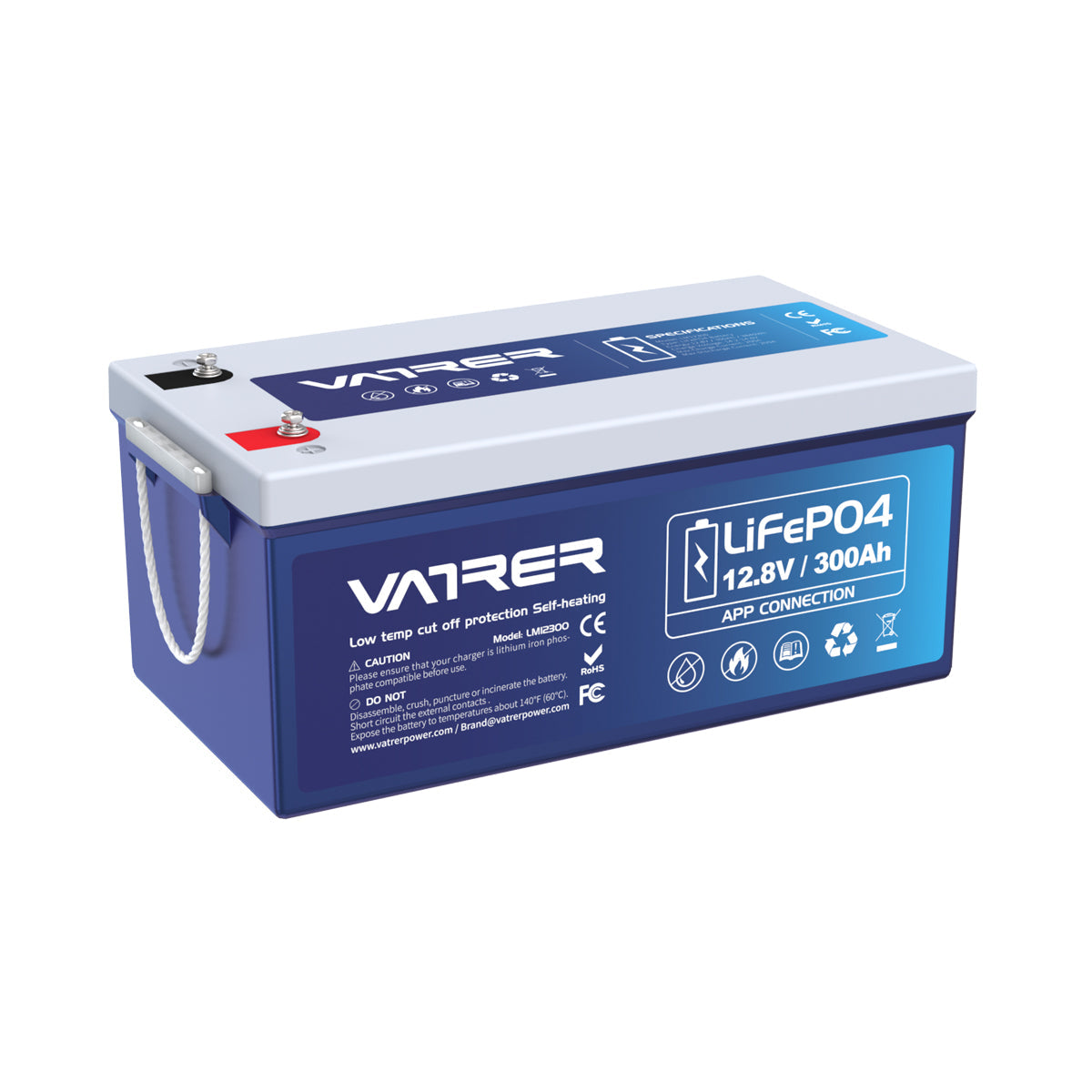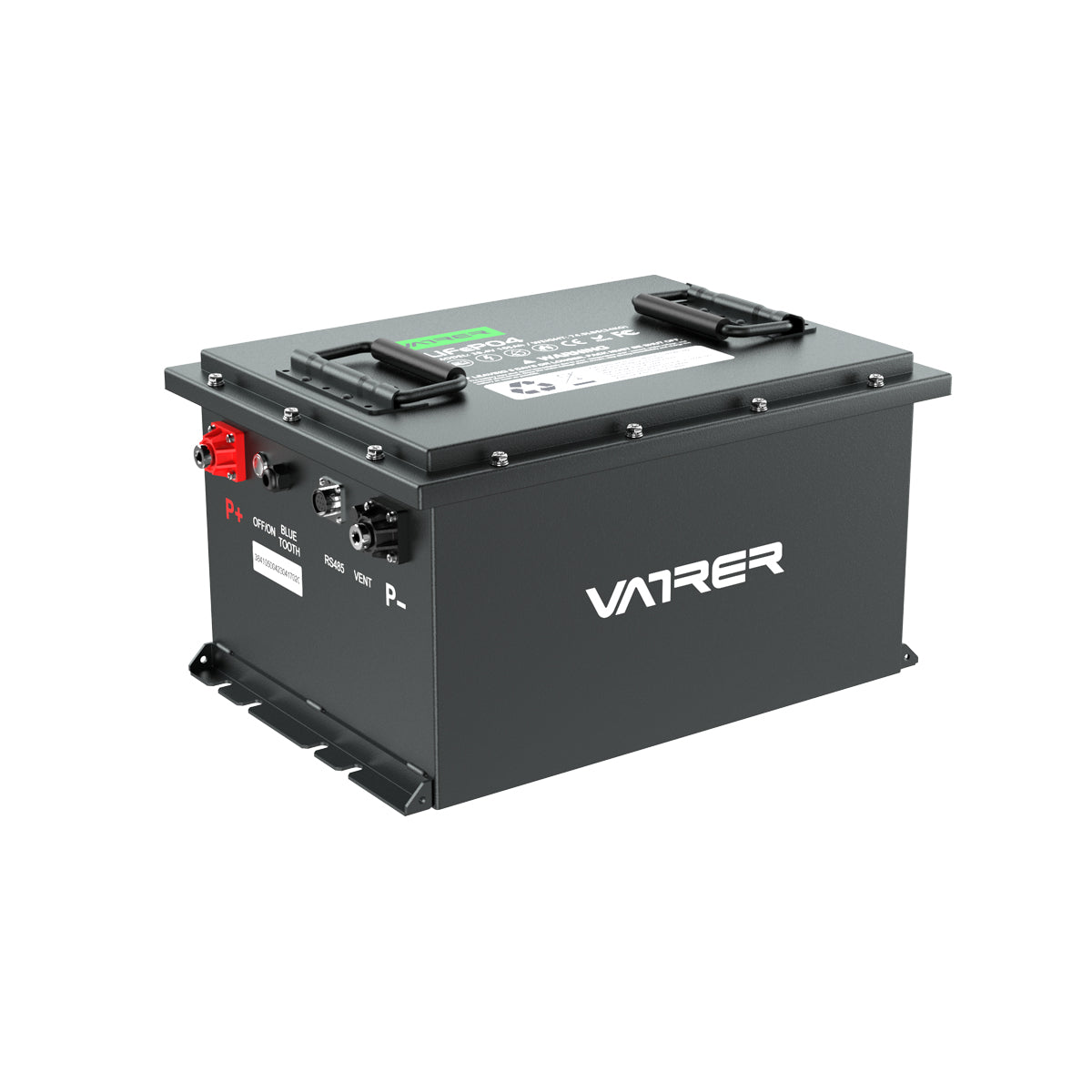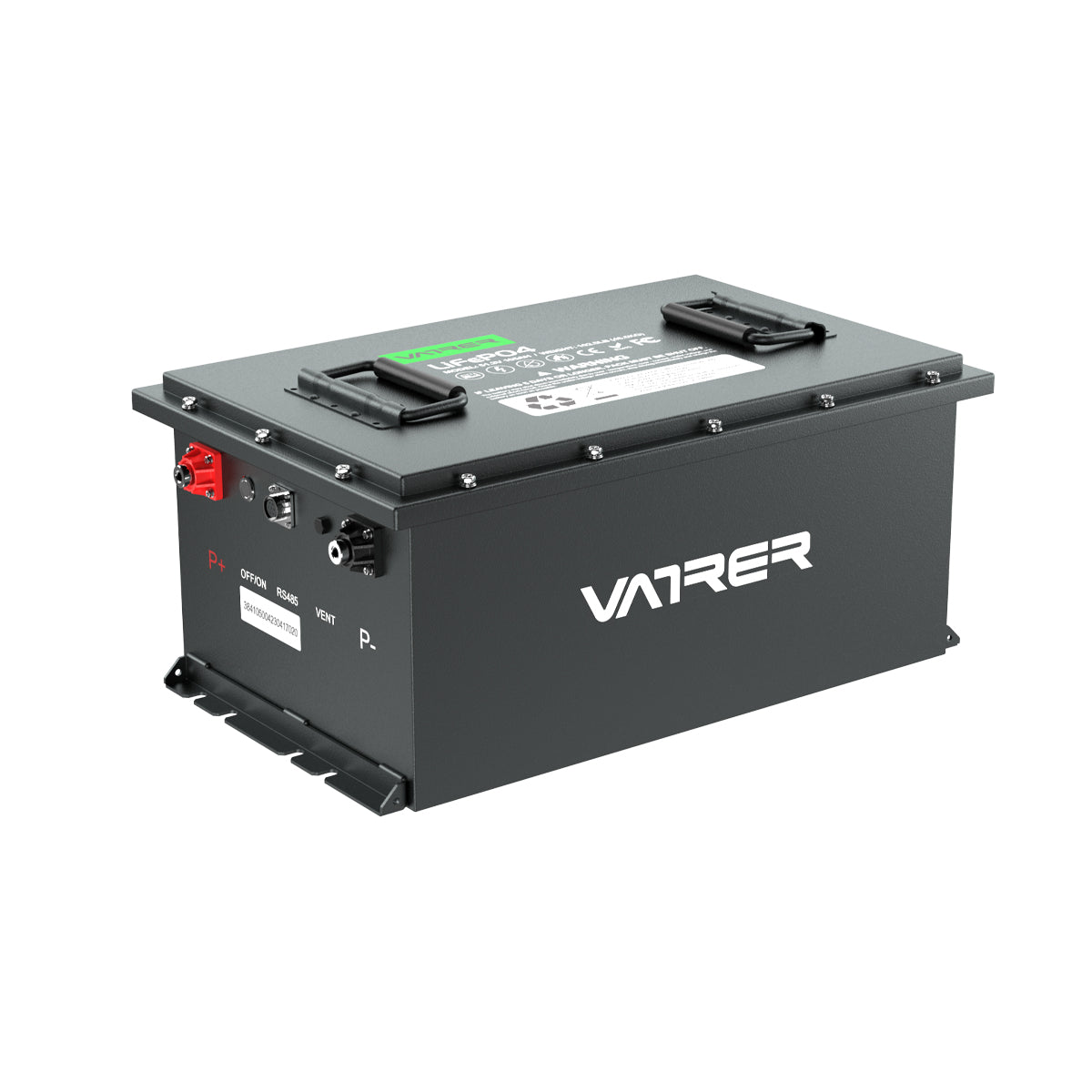From a material perspective, lithium battery cells consist of rare earth elements, metals, and precious metals. The major rare earth production source is China, as it is the primary producer of rare earth minerals. Since rare earth minerals are often found in complex ores, even with sophisticated purification techniques, there may be slight variations in the composition of the materials produced each time, primarily due to impurities. Additionally, the essential material, cobalt oxide, also has its own characteristics. Cobalt oxide has a weak radioactivity and a half-life, making it sensitive to impurities. Therefore, the quality of the lithium crystal lattice and the stability of cobalt oxide can be influenced by the materials made from rare earth sourced from different regions. This is why the same batch of battery cells must be classified based on capacity.
When manufacturing battery cells, manufacturers classify them into A, B, C, and D categories based on the cells' discharge performance during testing. This classification system is commonly used by companies like Panasonic and Sanyo and has become an industry standard. A represents 2000mAh, B represents 2200mAh, C represents 2400mAh, and D represents 2600mAh. The cells are labeled with an ABCD code and differentiated by the color of the gas protection cap (during discharge, gas is produced, and when the gas reaches a certain level, close to the end of the cell's designed lifespan, the cap is pushed open, venting the battery).

A-Grade Cells
A-grade cells are considered the highest quality and are typically ordered directly by battery assembly factories from the cell manufacturers. The cell manufacturers produce the cells based on their production and technical capabilities. A-grade cells undergo a series of battery cell manufacturing processes, resulting in high-quality cells that meet or exceed industry standards. The battery assembly factories usually communicate the capacity, thickness, length, width, and other parameters before placing the order. A-grade cells are made precisely according to these specifications.
B-Grade Cells
Every manufacturing process has a certain defect rate, which determines the factory's viability. In the lithium battery industry, the difference in defect rates between first-tier and second- or third-tier factories is significant. First-tier factories can achieve a defect rate of around 2%, while second- or third-tier factories may have rates of 5-10%. This difference in defect rates leads to the production of B-grade cells.
B-grade cells typically have slight variations in capacity or may not precisely match the dimensions specified in the order. However, their performance is not compromised. B-grade cells are usually priced lower than A-grade cells, making them attractive for certain applications. Sometimes B-grade cells are sold directly, with slightly lower capacity labeling. Additionally, if A-grade cells remain in the warehouse without being shipped for 3-6 months, they may be considered as B-grade cells in colloquial terms.
C-Grade Cells
C-grade cells are typically those that have been in storage for over 8 months without being shipped. Over time, due to self-discharge, exposure to dust, and moisture, C-grade cells are prone to swelling. Swelling can occur during charging and may result in leakage or short-circuiting. C-grade cells usually have around 50-60% of the capacity of the same model's A-grade cells, with some exceptional cases reaching 70%. C-grade cells have lower safety and durability. After a few charge cycles, their performance significantly decreases. Many people may have experienced this when using phone batteries. Initially, the battery's performance seems decent, but after a month of use, it deteriorates, indicating the use of C-grade cells.
In conclusion, A-grade cells are the highest quality, B-grade cells have slight variations but maintain performance, and C-grade cells are lower in quality, less durable, and have reduced performance. The categorization of lithium battery cells into A, B, and C grades helps indicate their quality and performance characteristics.












